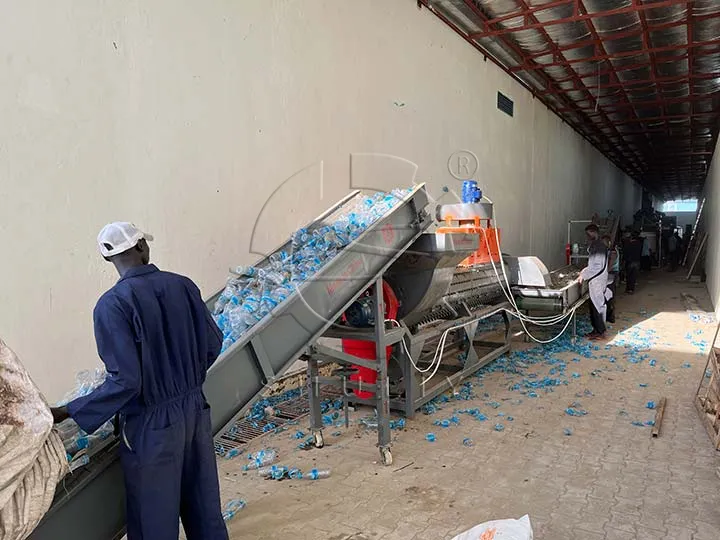
Plastiki Inayoweza Kutumika tena baada ya Mtumiaji ni nini?
Katika muktadha wa uelewa wa mazingira unaokua wa leo, plastiki za Baada ya Watumiaji Recyclable (PCR) zinapata umakini. Plastiki za PCR ni…
Katika muktadha wa uelewa wa mazingira unaokua wa leo, plastiki za Baada ya Watumiaji Recyclable (PCR) zinapata umakini. Plastiki za PCR ni taka za plastiki zinazozalishwa na watumiaji baada ya matumizi, na nyenzo hizi zinaweza kutumika tena kutengeneza bidhaa mpya za plastiki baada ya kukusanywa, matibabu na kuchakatwa tena.
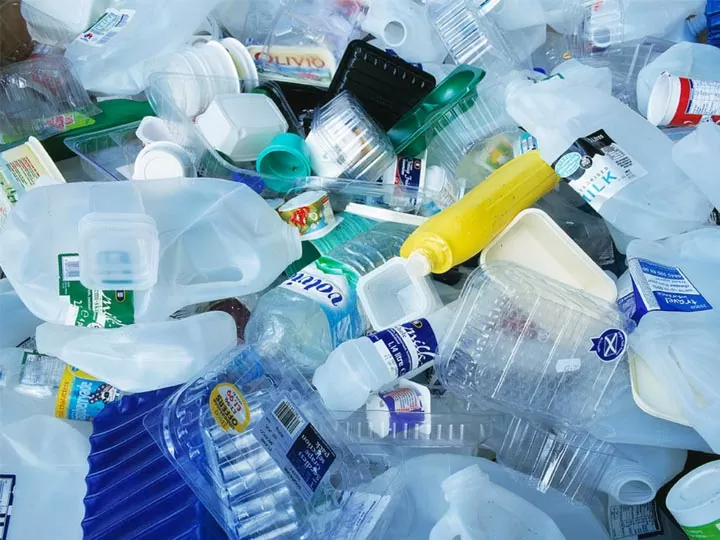
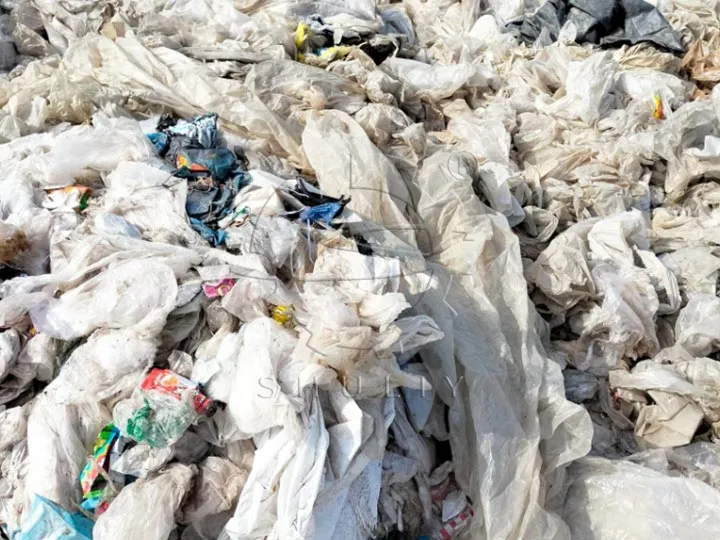
Taka za Plastiki za Baada ya Mtumiaji
Vipengele vya Plastiki Inayoweza Kutumika tena baada ya Mtumiaji
1, Rafiki wa mazingira: Usafishaji wa plastiki za PCR unaweza kupunguza uzalishaji wa plastiki mpya, hivyo kupunguza matumizi ya rasilimali na uchafuzi wa mazingira. Kwa kuchakata, tunaweza kupunguza athari za kiikolojia za taka za plastiki.
2, Usafishaji: Plastiki za PCR zinaweza kubadilishwa kuwa nyenzo za ubora wa juu baada ya michakato maalum ya kuchakata ili kukidhi mahitaji ya uzalishaji wa bidhaa mbalimbali. Nyenzo hizi zilizorejelewa zinaweza kutumika kutengeneza vifungashio, mahitaji ya kila siku, nk, kukuza maendeleo ya uchumi wa duara.
3, Mahitaji ya Soko: Mahitaji ya soko ya plastiki ya PCR yanaongezeka kadri upendeleo wa watumiaji wa bidhaa endelevu unavyoongezeka. Biashara na makampuni mengi zaidi yanatumia plastiki za PCR ili kuboresha picha ya bidhaa zao ambayo ni rafiki kwa mazingira.
Jinsi ya Kufikia Usafishaji wa Plastiki wa PCR?
Ili kufanikisha urejeleaji wa plastiki zinazoweza kutumika tena baada ya matumizi, kwanza, ni muhimu kuanzisha mfumo kamili wa kuchakata tena, ikijumuisha ukusanyaji, uainishaji, na usafirishaji wa plastiki taka.
[i]Seconly,) kompaniyalar rivojlangan qayta ishlash texnologiyalari va uskunalarini joriy etishi kerak, masalan plastik granulyatsiya chizmalari, chiqindilar plastmassani qayta ishlash uchun qopqon pelletlarga aylantirish uchun. Ushbu chora-tadbirlar orqali kompaniyalar resurslarni yanada samarali foydalanishi bilan birga o'zlarining barqaror rivojlanishini ham rag‘batlantirishadi.
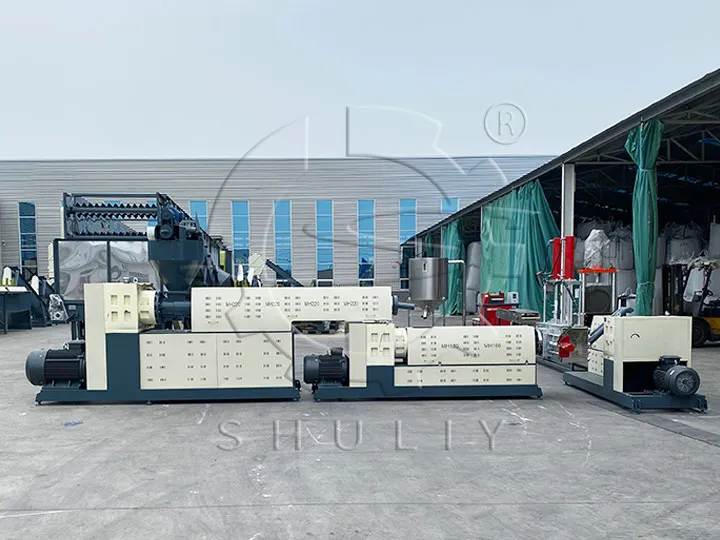
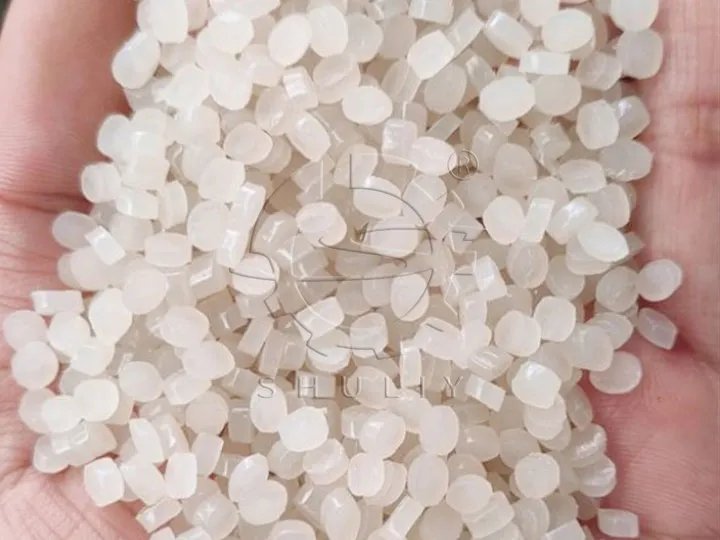
Jinsi ya kutengeneza Pellets za Plastiki Zilizotengenezwa?
Mchakato wa kutengeneza granules za plastiki zilizosindika ni pamoja na hatua zifuatazo:
- Kuponda: Kwanza, plastiki zinazoweza kutumika tena baada ya matumizi hupondwa ili kupunguza ukubwa wake kwa usindikaji unaofuata.
- Kuosha: Plastiki iliyosagwa inahitaji kusafishwa ili kuondoa uchafu unaoshikamana, lebo na uchafu mwingine ili kuhakikisha usafi wa pellets zilizosindikwa.
- Kukausha: Plastiki iliyosafishwa ina kiasi fulani cha unyevu na inahitaji kukaushwa ili kupunguza unyevu wake na kuhakikisha ulaini wa mchakato unaofuata wa granulation.
- Pelletizing: Hatimaye, plastiki iliyokaushwa huingizwa ndani ya mashine ya pelletizing, ambapo huyeyuka na kutolewa kwa joto la juu ili kuunda vipande vya muda mrefu vya plastiki vinavyoendelea.
- Kupoa na kukata: Vipande vya muda mrefu vilivyopozwa hupozwa na kukatwa kwenye vidonge vya plastiki sare.
